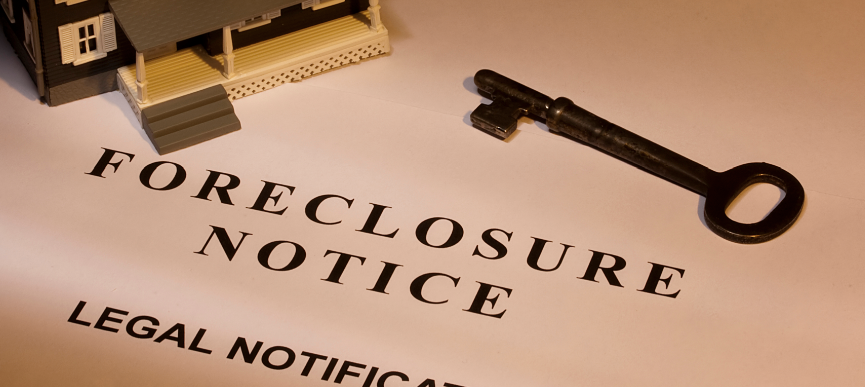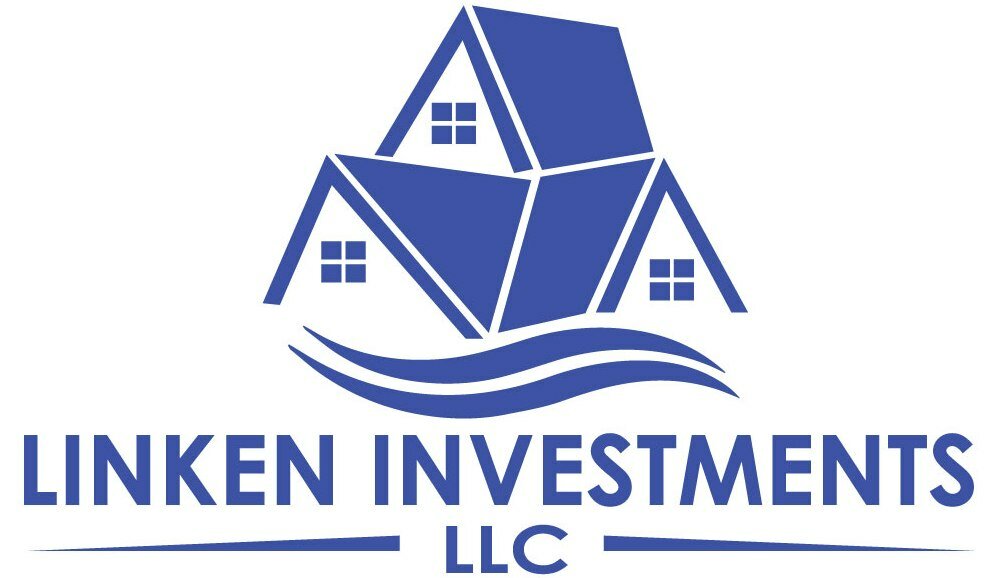
If you’ve gotten a foreclosure notice of default and want to know what the heck is going on, keep reading.
Basically, a foreclosure notice of default is a document that has to be filed by a lender to start the process of foreclosure. Learn more about foreclosure and how to avoid it at Foreclosure Help in Lynchburg, VA
A foreclosure notice of default in Lynchburg Virginia is a legal document that a lender files with the Circuit Court in the county where the property is located, indicating that the borrower has defaulted on their mortgage payments. The notice of default informs the borrower that the lender intends to foreclose on the property and sell it to recover the outstanding debt.
In Virginia, the lender must file a notice of default at least 30 days before initiating foreclosure proceedings. The notice of default must include information such as the amount owed, the date of the last payment, and the borrower’s right to cure the default by paying the outstanding amount within a specific period.
The foreclosure notice of default must be sent to anyone who has an interest in the property (any other loans, lenders, or even contractors who are owed money for work done to a property will get a copy).
The foreclosure notice of default must also be published in a newspaper and physically posted in a prominent place on the property itself.
Although this can be really embarrassing to someone going through foreclosure, it’s actually a very important protection for consumers.
Back before US law required a notice of default, people were sometimes foreclosed on without any warning.
In fact, it’s happened even in the past few years – at least one bank has accidentally foreclosed on the wrong property and kicked people out of their house without due process or warning. It’s even happened around here.
The notice of default is a very important step within the foreclosure process that gives people with an interest in the property to step forward and claim their rights – before it’s too late.
If the borrower fails to cure the default within the specified time frame, the lender may proceed with the foreclosure process. The foreclosure process in Virginia typically involves a public auction, where the property is sold to the highest bidder. The proceeds from the sale are used to pay off the outstanding debt, and any excess is returned to the borrower.
It is essential to note that Virginia is a “non-judicial foreclosure” state, meaning that the foreclosure process does not involve the court unless the borrower contests the foreclosure.
If you’ve received a notice of default, don’t wait. Time is definitely of the essence, and you should take action.
Here are a few key steps you should take:
1) Stay calm and don’t panic.
This may sound obvious, but it’s probably the most important. Anyone in foreclosure is dealing with a lot of stress beyond just the property. These situations don’t happen overnight, and they take a while to solve. You’ll get through it by practicing good coping techniques and taking good care of yourself and your family. Panic leads to bad decisions, so stay cool.
2) Educate yourself.
Learn everything you can about the foreclosure process in your state so that you know what’s happening and what’s coming up next.
3) Gather your resources.
There’s also many non-profit and government resources available out there. You’ll want good legal and tax advice along the way. Definitely don’t try to do it all yourself. This stuff is super complicated with lots of rules.
4) Learn your options.
At Linken Investments we’re here to help you avoid foreclosure. We buy houses with cash. We can help you with short sales and even rent-back situations so you (potentially) may be able to keep living in your home. There are many more options than you think. Call or text us anytime 434-390-2906 or connect with us on our website and we’ll lay out all of your options for your specific situation.
5) Communicate.
The banks involved don’t want your property. They want money, and what you say matters a lot. You can slow down or stop the foreclosure process if you take the appropriate action.
Want to know more?
Call or text us anytime 434-390-2906 or connect with us on our website
and we’ll lay out all of your options for your specific situation.
Linken Investments, Lynchburg’s Trusted Home Buyer and Seller
Linken Investments LLC has been serving Lynchburg area homeowners since 2005. We have been helping individuals sell their properties in the Lynchburg area quickly and efficiently, leveraging our extensive knowledge and expertise in the local real estate market.
As licensed realtors in the state of Virginia, we provide our clients with multiple options to sell their homes on their terms and at the highest possible price. Whether you are looking to list your property on the MLS or sell it fast and hassle-free, we have got you covered. Our years of experience and commitment to honesty and integrity make us the go-to choice for Lynchburg homeowners looking for a stress-free sales experience.
We’re a family-owned business and focus on helping homeowners like you find solutions to your problem whether you’re going through a foreclosure, selling an inherited property, or just need to sell your house fast for any reason. Linken Investments offers you the chance to sell your home in a simple, cash transaction, or you can list the house with us. We’ll sell your Lynchburg area house at the highest possible price with our wide buyer network and the best marketing in Virginia.
Linken Investments can buy your home exactly as it is, you don’t need to clean paint or fix a thing. We pay all cash and close fast. Think of all the time and money that can save you. There’s no easier or quicker way to sell your Lynchburg house fast and get on with the next chapter in your life.
At Linken Investments, we take pride in our commitment to helping our neighbors in Lynchburg sell their houses in the most beneficial way possible. Our goal is to provide you with a stress-free and streamlined sales experience, so you can move on to the next chapter of your life with confidence.
Give us a call or text anytime 434-390-2906 or fill out the short form here today!
